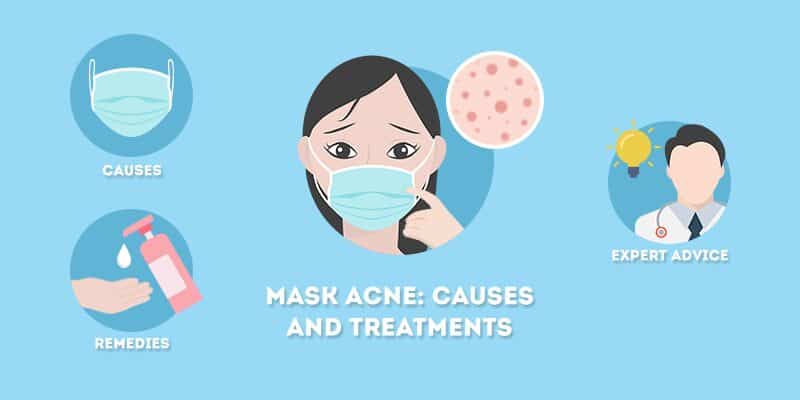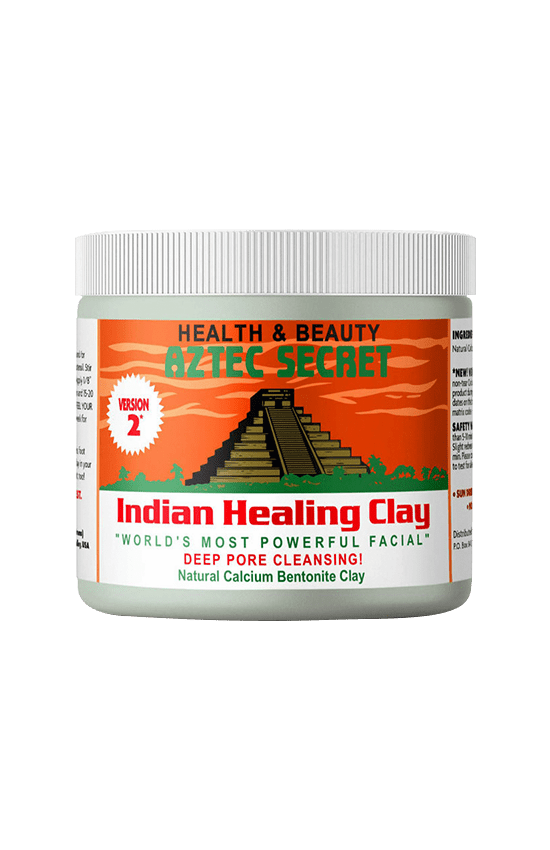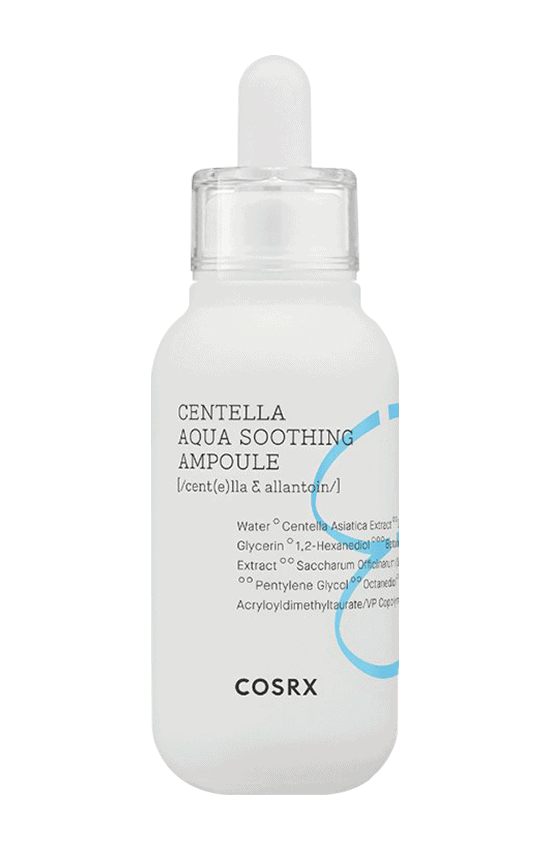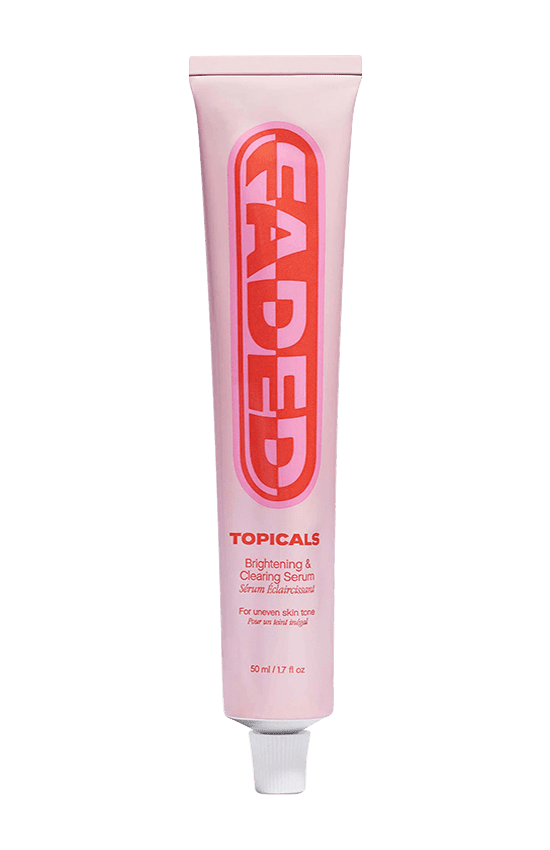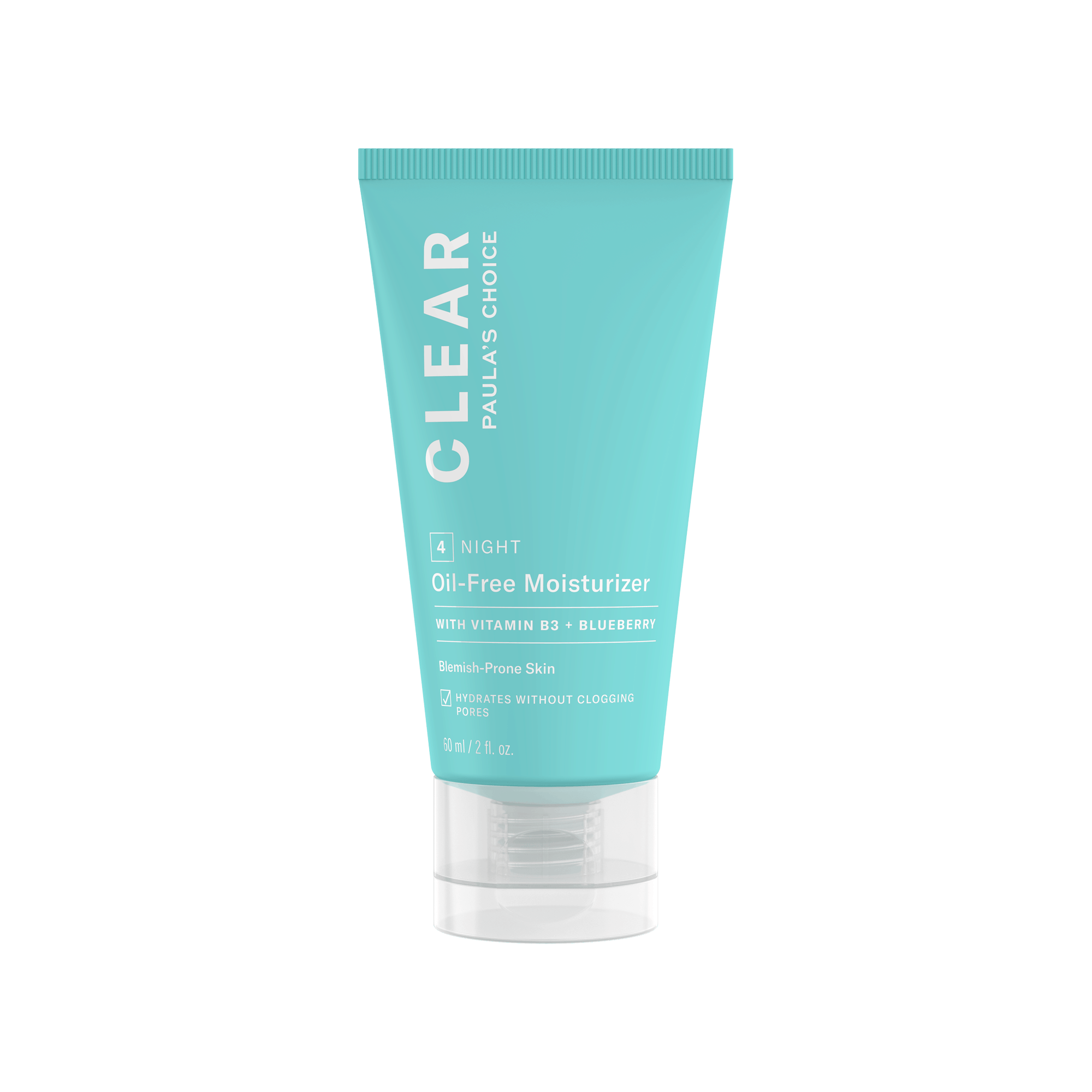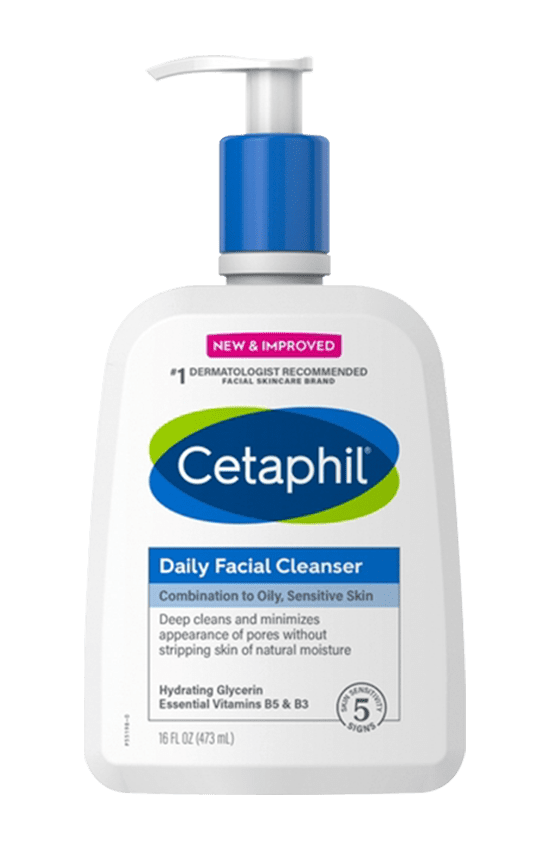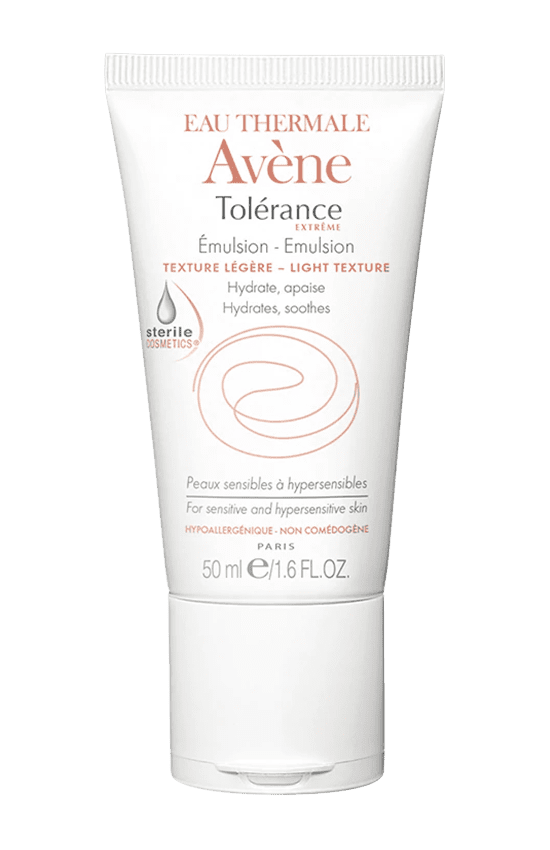For those who wear masks comes something that most people didn’t expect to experience: mask acne.
We know it’s important to keep each other safe, but mask-related acne is undoubtedly frustrating.
Here is what you need to do to prevent maskne, as well as treat spots as they arise.
Meet the expert
- Tsippora Shainhouse, MD, FAAD: board-certified dermatologist based in Beverly Hills, CA
What is 'Maskne' (AKA Mask Acne)
Many people who frequently wear masks are at risk for developing “maskne” – or acne around the area where a mask sits.
“Maskne flares may be more common in people who are already prone to developing adult-type acne, rosacea, and/or bouts of perioral dermatitis,” says Dr. Shainhouse.
That said, she notes that anyone can develop mask acne, so it is important to follow a thorough skincare routine.
Why Do Masks Cause Acne Breakouts?
There are a few factors that contribute to mask-related breakouts.
Here are the main causes of mask breakouts:
- Friction and pressure of the mask fabric sitting and rubbing the skin can cause acne mechanica
- The rubbing may create swelling, and that the inflammation may lead to clogged pores and the formation of comedones
- This is especially true around the edges where the mask rubs the skin
Dr. Shainhouse also notes that this friction disrupts the protective skin barrier and removes natural oils.
The fabric may also wick away moisture from the skin. This triggers oil production, which in turn may lead to breakouts.
How to Prevent Breakouts Caused by Wearing a Mask
There are a few steps you should follow both before and after wearing your mask in order to prevent maskne.
To prep your skin before wearing a mask, Dr. Shainhouse recommends following these steps:
- You’ll want to start with a clean base, so use a gentle face wash to get rid of any debris. If you already use a medicated acne wash in the morning, continue using it.
- Those with acne-prone skin should apply a thin layer of their prescription or over-the-counter acne cream.
- Apply a moisturizer on the skin. Dr. Shainhouse explains that a moisturizer will provide a barrier from the saliva and the contact from the mask. This means you should concentrate on areas that experience more friction from the mask.
Once you are done wearing your mask, Dr. Shainhouse recommends the following:
- If using a paper or surgical mask, toss it out. However, if you need to re-use it, spray it with alcohol, letting it completely dry before using it again.
- If using a cloth mask, throw it in the laundry.
- Wash your face with a gentle cleanser.
However, be careful not to over-wash your face.
This can strip the skin of its natural oils, which may damage the skin’s barrier and trigger a breakout.
Best Products to Help with Mask Acne
It seems like everyone is struggling with maskne, but the right steps and products will minimize breakouts. These are the best products to help with mask acne.
1. Paula’s Choice Skin Perfecting 2% BHA Liquid
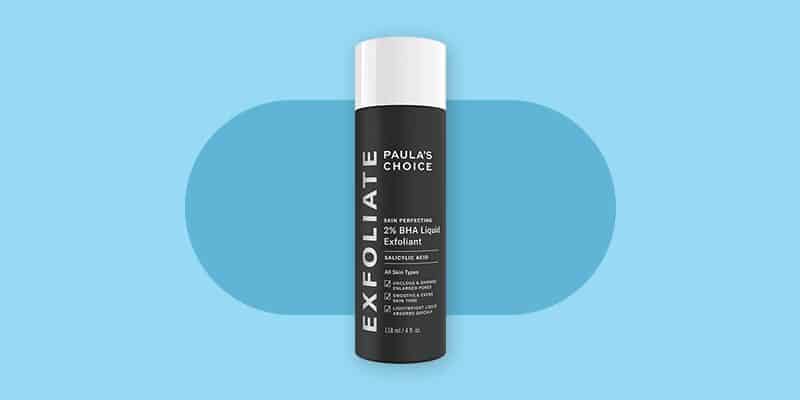
Dr. Shainhouse recommends exfoliating to remove any dead skin cells that may contribute to clogging the pores. BHA (which is a chemical exfoliant) is oil-soluble, and is able to get deep into the pores to break up and dissolve pore-clogging debris. This serum has a 2% concentration of salicylic acid (a BHA), which is effective but still gentle on the skin. It also contains green tea leaf extract, which will help calm skin that is irritated by wearing a mask.
How to Use: Cleanse and dry the skin. Saturate a cotton pad with the product, and then sweep all over the face. Follow with a moisturizer.
2. Acne.org 2.5% Benzoyl Peroxide
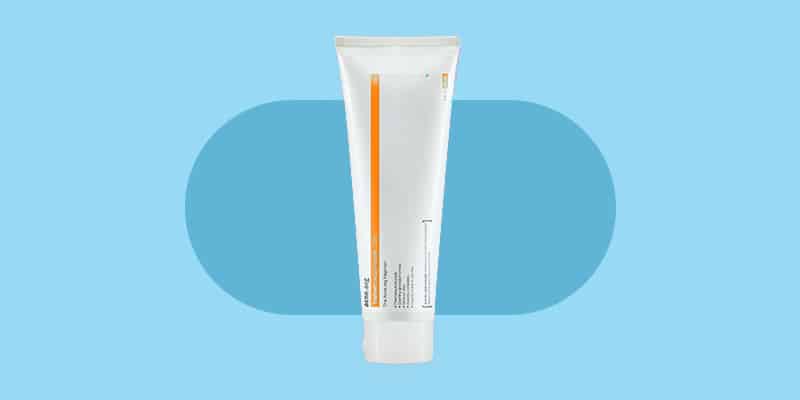
“Benzoyl peroxide helps to kill acne-causing bacteria and inflammation,” says Dr. Shainhouse. If you’re currently experiencing acne from a mask or otherwise, benzoyl peroxide is excellent for treating current breakouts. This product has a 2.5% concentration. It is also pharmaceutical grade and triple milled, which means it can effectively penetrate the skin.
How to Use: Cleanse the skin, and apply the product on active acne or acne-prone areas. Apply once a day.
3. The Ordinary Azelaic Acid Suspension 10%
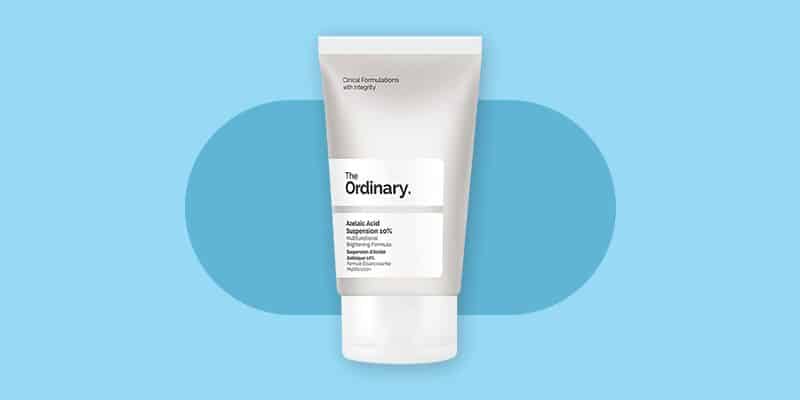
Azelaic acid decreases skin inflammation and redness, making it particularly useful for those with acne and skin irritated by a mask. This product from The Ordinary has a high concentration of azelaic acid. It has a lightweight cream-gel formulation, and is safe and effective to use alongside salicylic acid or benzoyl peroxide.
How to Use: After cleansing and applying other acne treatments, apply the formula all over the face. It can be used twice a day.
Other Tips for Preventing Mask Acne
Here are a few other tips from Dr. Shainhouse that will help you prevent maskne:
1. Wash Your Mask
Wash your mask after every use. Re-wearing a mask will put oil, dirt, and bacteria back on your face.
This ultimately can clog pores and trigger mask acne.
2. Be Smart with Sunscreen Use
You may skip sunscreen on the skin that is directly under the mask in order to minimize pore clogging and irritation.
However, this is only if you keep your mask on the entire time you’re outside during the day.
Alternatively, use a zinc-oxide sunscreen formulation, as it may be more soothing and protective of the skin.
3. Don't Wear Makeup Under Your Mask
If you wear makeup, skip wearing it under your mask. It will make your mask dirty and contribute to pore clogging.
4. Clean Your Mask With Care
When washing your cloth mask, use a fragrance-free detergent. The fragrances found in detergents can irritate the skin.
You should also avoid using fabric softeners and dryer sheets, as they leave a film on the fabric that may also irritate the skin and clog pores.
Additionally, masks should be washed in hot water to kill bacteria and remove skin oils, makeup and skincare products, and acne-causing bacteria that is on the fabric.
FAQs
How do you treat mask-related acne?
If you’re dealing with whiteheads and blackheads, Dr. Shainhouse recommends a salicylic acid face wash to unclog pores.
She also recommends applying a benzoyl peroxide topical cream to reduce inflammation and kill bacteria, or an on-the-spot salicylic acid patch if you have just a couple of inflamed spots.
Those who tolerate retinoids may want to use a gentle version at night to keep pores clear. “Consider reducing to 3 nights a week to minimize skin irritation,” says Dr. Shainhouse.
Can you use moisturizer under a mask?
Yes - and especially those using acne treatments should apply moisturizer to strengthen the skin barrier.
“Lighter formulations with hyaluronic acid, glycerin, and ceramides won’t clog pores, but will prevent your skin from drying out and producing oil to compensate,” says Dr. Shainhouse.
How should you keep masks and face covers clean?
Cloth masks should be laundered after every use, using hot water and fragrance-free detergent. If you’re wearing a paper or surgical mask, it should be disposed of after wearing it.
What causes maskne?
There are a variety of issues that lead to mask-related acne.
The friction of the mask and the humidity within the seal of the mask are both major culprits for breakouts related to masks.
If you don’t take preventative steps prior to and after wearing a mask, these conditions create the perfect environment for mask acne.
The Bottom Line
It looks like face masks will be in our lives for a while, so it is important to take the steps to keep mask acne at bay.
Continue following a preventative skincare routine, washing or disposing of used masks, and treating spots when they arise, and you’ll be able to manage your maskne.
